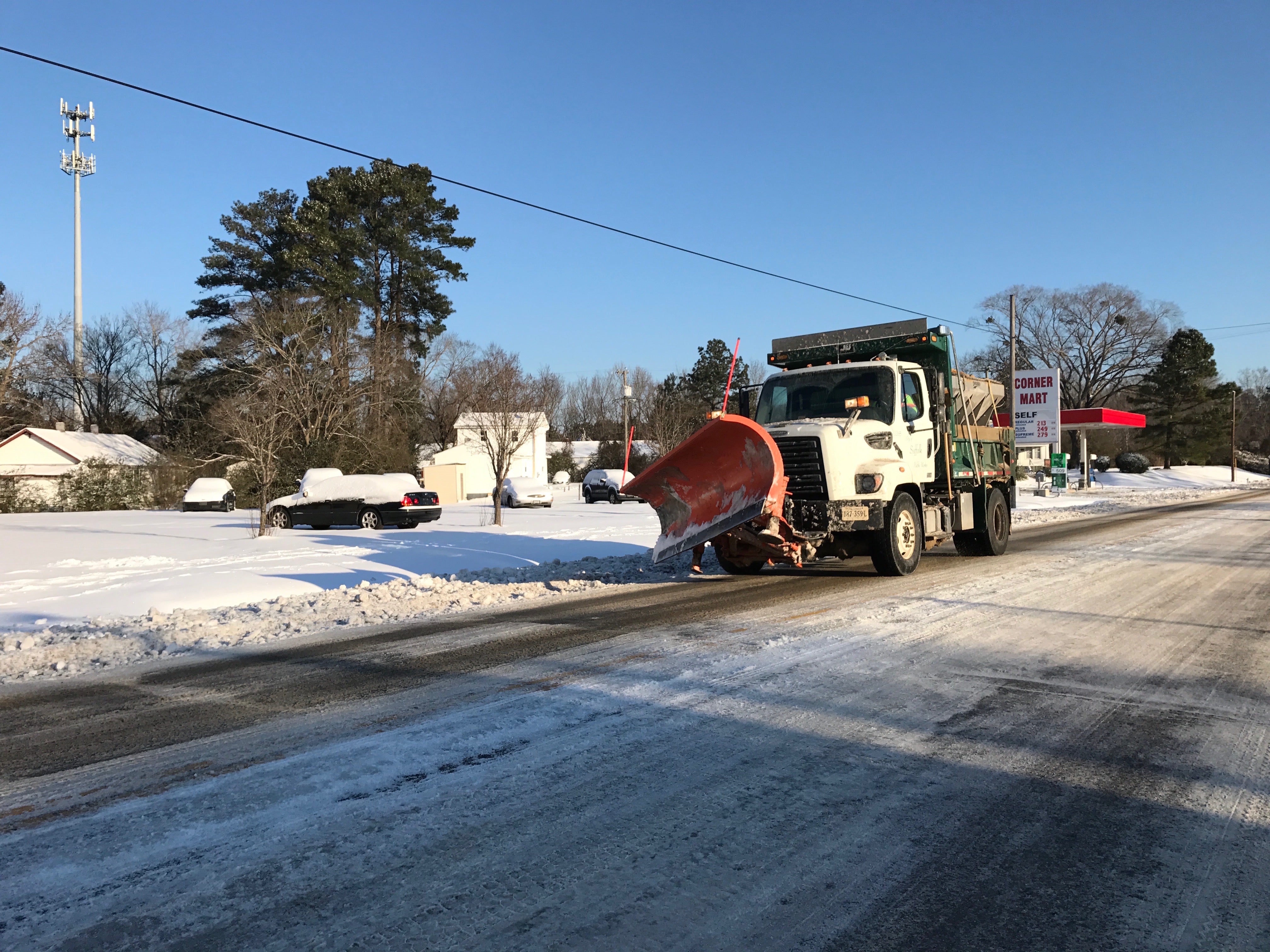A cheap way to save a life
Published 12:00 am Tuesday, October 25, 2005
Would you spend $5 if you knew it might save your life?
There are 11 people here in Suffolk today who are glad that their landlord spent some money recently and equipped their rental property with smoke detectors.
Fire officials are crediting the use of smoke detectors in saving those 11 lives – and one
dog – when fire broke out early Friday morning in a house along Wellons Street.
The owners of the building, Young Properties, as they do every year, had just installed new detectors and tested them a couple of days before the flames erupted and destroyed the three-story home.
Each of those detectors, according to an official with the Suffolk Fire Department, cost just $5.
Now is the time to take an inventory of your home – whether you are buying or renting – and make sure you have enough detectors.
Here are some tips on providing the safety you need in your home:
n Be sure that the smoke detectors you buy carry the label of an independent testing laboratory (UL).
n Several types of detectors are available. Some run on batteries, others on household current. Some detect smoke using an &uot;ionization&uot; sensor, other use a &uot;photoelectric&uot; detection system. All approved smoke detectors, regardless of the type, will offer adequate protection provided they are installed and maintained properly.
n Every home should have a smoke detector outside each sleeping area and on every level of the home, including the basement. The National Fire Alarm Code, developed by NFPA, requires a smoke detector in each sleeping room for new construction. On floors without bedrooms, detectors should be installed in or near living areas, such as dens, living rooms, or family rooms.
n Be sure everyone sleeping in your home can hear your smoke detectors’ alarms. If any residents are hearing-impaired or sleep with bedroom doors closed, install additional detectors inside sleeping areas as well. There are special smoke detectors for the hearing impaired; these flash a light in addition to sounding an audible alarm.
n For extra protection, NFPA suggests installing detectors in dining rooms, furnace rooms, utility rooms, and hallways. Smoke detectors are not recommended for kitchens, bathrooms, or garages where cooking fumes, steam, or exhaust fumes could set off false alarms – or for attics and other unheated spaces where humidity and temperature changes might affect a detector’s operation.
n Because smoke rises, mount detectors high on a wall or on the ceiling. Wall-mounted units should be mounted so that the top the the detector is 4 to 12 inches (10 to 30cm) from the ceiling. A ceiling-mounted detector should be attached at least 4 inches (10cm) from the nearest wall. In a room with a pitched ceiling, mount the detector at or near the ceiling’s highest point.
n In stairways with no doors at the top or bottom, position smoke detectors anywhere in the path of smoke moving up the stairs. But always position smoke detectors at the bottom of closed stairways, such as those leading to the basement, because dead air trapped near the door at the top of a stairway could prevent smoke from reaching a detector located at the top.
n Don’t install a smoke detector too near a window, door, or forced-air register where drafts could interfere with the detector’s operation.
These tips are provided by the National Fire Protection Association.
And while you are at it, look into installing enough carbon monoxide detectors in your home as we get closer to winter. This colorless, odorless gas can kill.
Don’t wait. Make sure your home is safe today.



